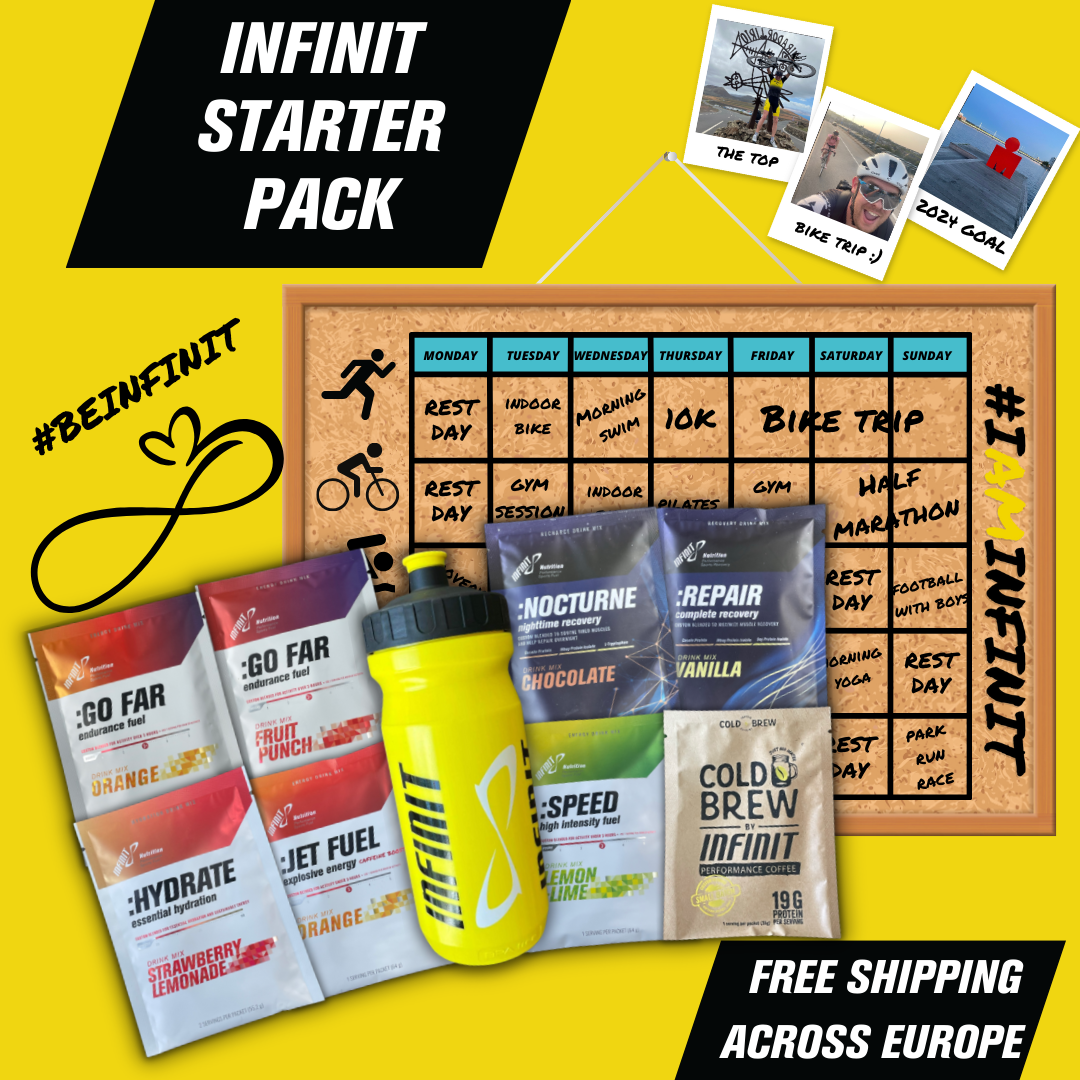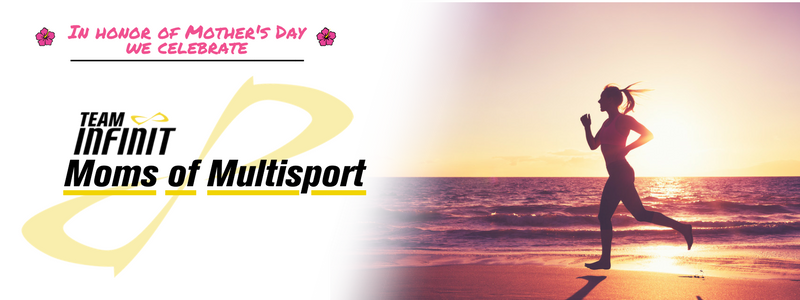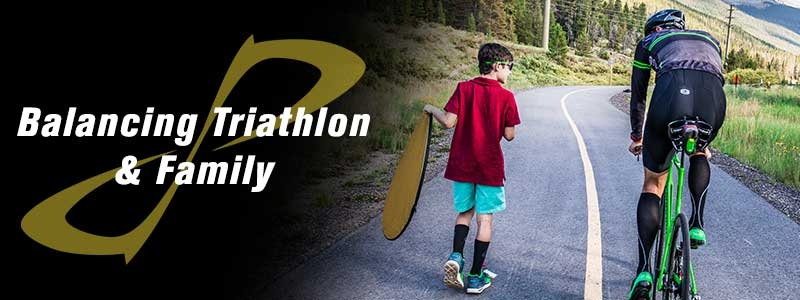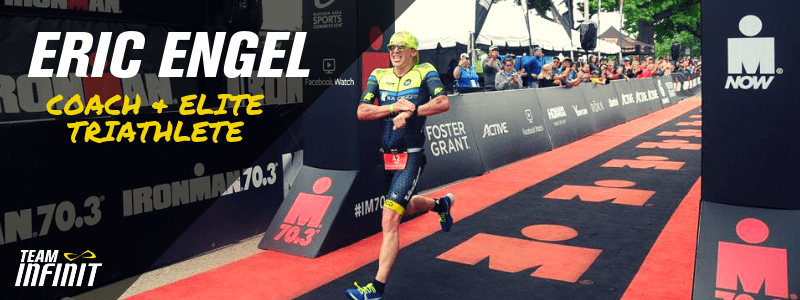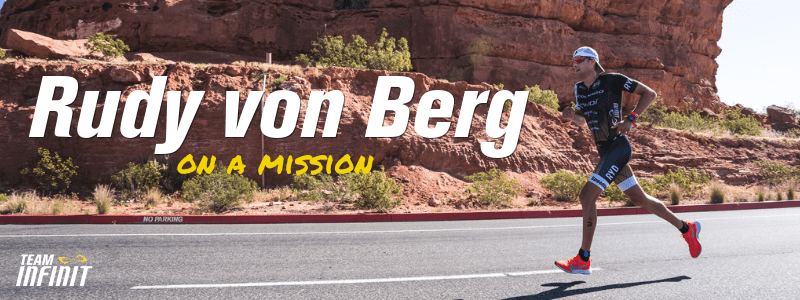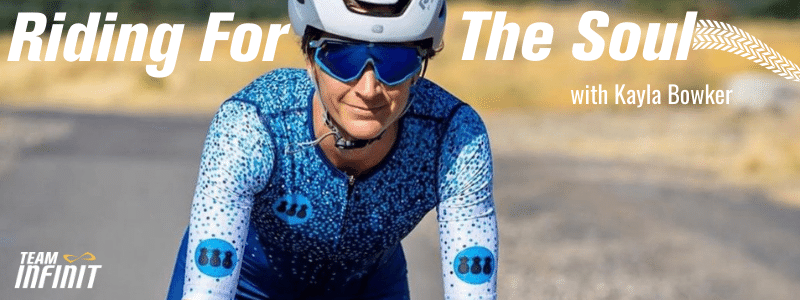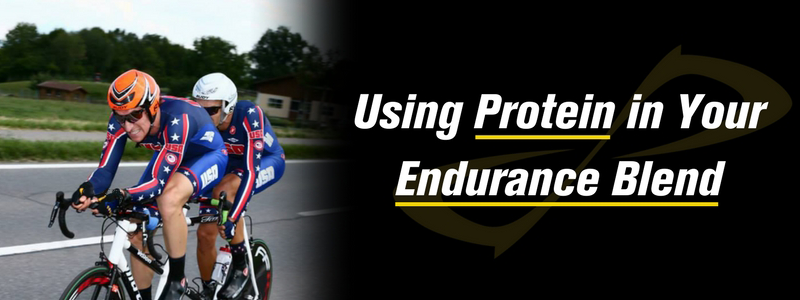How to Use Standup Paddling to Train for Tri
- 10 Jun 2018
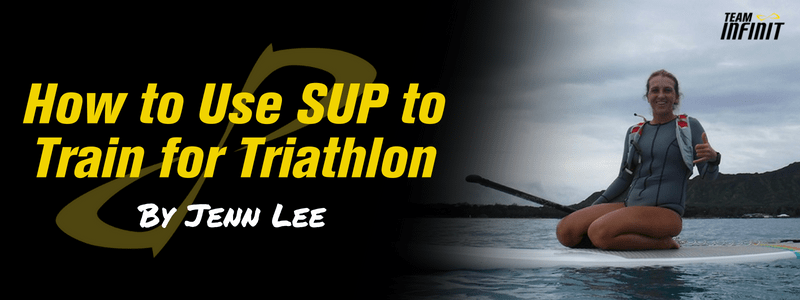
No one can argue with the growth in popularity that standup paddling has seen over the last 10 years. As a sport, it can turn almost any body of water into your own personal gym. Many triathletes have gotten to know SUP as a recreational activity, but it actually has tremendous carryover into the sport of triathlon as well.
SUP can improve stability from your toes to your head, core strength and stability, leg strength and stability, which helps prevent injury, and it can also be used to develop cardiovascular fitness outside of the three main triathlon disciplines as a fun and easy way to cross-train. It can even be used to work on lat strength for your swim or maintain fitness while recovering from injury.

But it takes a little bit of knowing what equipment to choose to effectively use SUP to help you to your next PR. In this guide to SUP, we’ll review how triathletes can benefit from standup paddling and how to find the right equipment.
The Triathlete’s Guide to SUP
One or two workouts a week should be plenty to see improvement as it applies to triathlon. Workouts can be anything from a 20- to 30-minute easy recovery session on your backyard lake to a tough hour-long interval session or a thrilling balance challenging session in surf or whitewater. SUP in a cardiovascular sense is pretty similar to running, so any recycled run workout will work. Heart rate run zones tend to be pretty similar to SUP zones, so no need to do any special testing. You can even do a SUP strength session and incorporate strength exercises like burpees, squats, lunges, pushups, in-water rows and pullups on the board. SUP yoga has also taken off in recent years and definitely helps with balance and overall stability.
Finding the Right Board
For improving lower body and core stability while building cardiovascular fitness — without adding muscle size to your upper body — it’s best to choose a smaller board. I would recommend anything 10’6” and under. If you’re a 200-pound athlete, go with a 10’6”; if you are a small paddler, feel free to go as small as you feel comfortable down to about the 8’ range. That’s great news for smaller athletes, as a 9’ board will fit inside most cars.
The shorter the board, the more it will yaw from side to side, so be prepared to notice that. Boards with a rounder outline will yaw more than models with a straighter outline. That rounder outline helps with turning in the surf, which is something to consider if you plan to learn to surf on the SUP, but if you’re in flat water a straighter outline like the Surftech Generator model or the NSP Elements Cruise line will tend to paddle straighter. Although, yawing is a small price to pay for the strong foundation you will be building for biking and running.

Width, thickness and the shape of the underside of the board play a huge role in stability as well. You want something stable enough that you stay on the board 90-95 percent of the time but also makes you work a little. Having less board to pull keeps your upper body from getting overly muscular while working on your balance and overall stability. It is a new sport so be sure to build up time on the board slowly just like you would do with running.
For upper body and core strength, you want a slightly bigger board. You don’t need to have a full on race board, although paddling race boards are really fun! But a board in the 10’ to 14’ range is suitable. If you want to get into SUP racing or rough open ocean conditions, longer can be better. If you are smaller and/or it gets windy near where you live, err on the shorter, more manageable side (unless you live on Maui). Pulling the larger board (bigger board means more friction on the water’s surface) will help build lat and core strength.

If you are a smaller athlete, consider width just because a board that is too wide will force you to reach really far to the side to paddle properly, so if your shoulders aren’t that wide make sure the board isn’t too wide as well. If you are broader and need more flotation, go for it. The more board you can pull, the stronger you will be. If you like to glide and you’re paddling flat water, I would look into a touring or 12’6” displacement hull race board like the Surftech Sport or Bark lines. For me, you can’t beat that feeling of doing a workout gliding on a lake or in a harbor on a fast board that likes to glide. To me it’s kind of similar to that feeling of getting first tracks on a powder day, minus the thrill from gravity of course. If you are looking to build both stability and strength and don’t have two boards in the budget, I would go with something in the 9’6” to 11’ range depending on your height, weight and fitness level.
How to Get Started
Find the right board and paddles. You want to find quality equipment. For boards, I would go with a large, reputable company. For your paddle, you want it to fit properly and be the right stiffness and feel. I recommend trying a couple paddles before buying, as each company’s paddles have a different feel and stress the body in slightly different ways. If you have shoulder issues from taking a beating in the pool, I really like the options within the KIALOA paddles carbon fiber paddle line. Length of paddle is really important as well, so it’s best to find your length either by renting or owning an adjustable paddle before settling on the best length. I can’t tell you how many paddles I have that I personally have wished were either 1-inch longer or shorter.

Get equipped with other accessories. First, always wear a leash! There have been so many easily avoidable accidents caused by someone not being tethered to a board. Leashes are to SUP paddling as helmets are to cycling. Always consult with a reputable shop about the type of leash that is best for your local waterways. If you’re on flat water, a good coil leash is a fantastic option. Just as important is a life jacket. I personally like the waist manually inflatable kind. For shoes, only wear booties when necessary due to water temperature. As for bringing hydration on board, any good ultra-running water pack is great for paddling.
Learn how to paddle properly. To get started, I would seek out a knowledgeable instructor. Usually one lesson is plenty to get you off to a good start. You can find a list of good instructors in various locales at psupa.com.

Remember, safety first. Always make sure you know the area in which you will be paddling, pay attention to the winds, and check the wind, weather and surf forecast ahead of time so there are no surprises. Always bring your cell phone, bring a paddle buddy if there are no lifeguards, and tell someone where you will be paddling or file a float plan with the U.S. Coast Guard (really easy with their app). If you will be doing a workout while anchored in a pool, make sure you have plenty of space to safely fall without hitting any hard objects.
Once you know the basics and your local waterways, cross-training with SUP is really easy and fun. Just add water!
About the Author
Jenn Lee is a Team INFINIT Athlete, the managing partner of Hook-Up-Surfing (SUP and Surf school in Honolulu, Hawaii), a USA Triathlon Level II Endurance Certified Coach, PSUPA Instructor Trainer, WSUPA SUP Instructor and elite level SUP athlete.
Originally published on teamusa.org. The views expressed in this article are the opinion of the author. Before starting any new diet or exercise program, you should check with your physician and/or coach.

